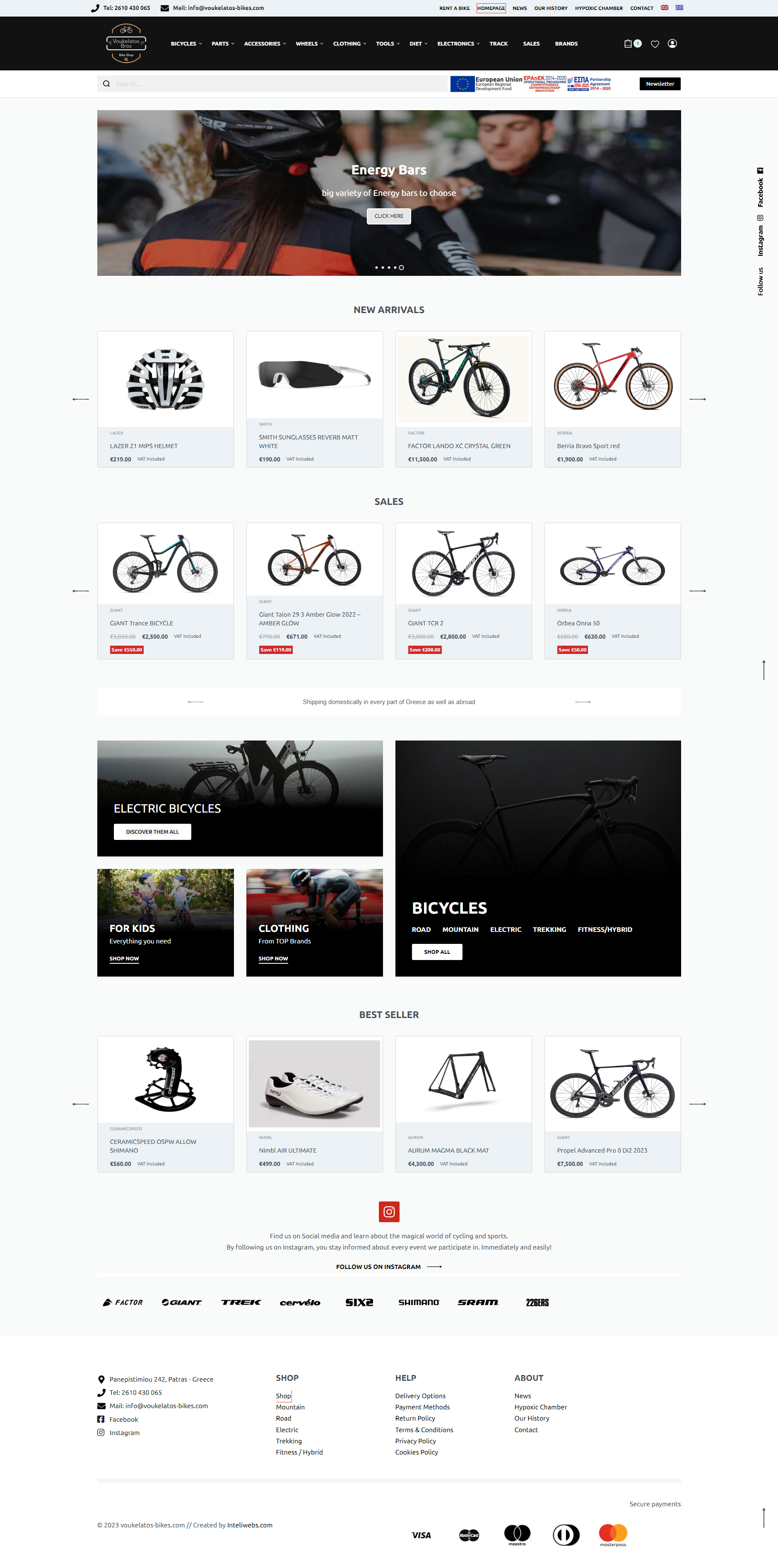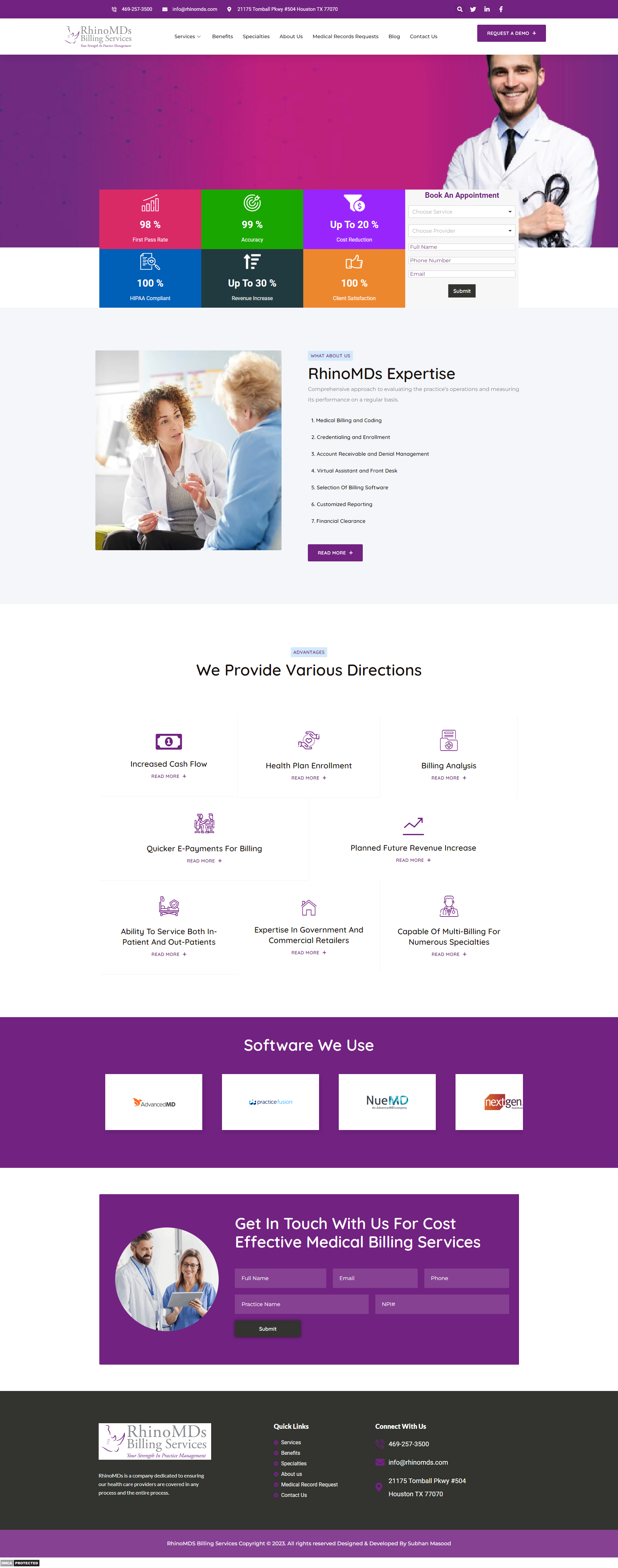Introduction
Web development is a crucial skill in today’s digital age. Whether you are a business owner, a marketer, or someone simply interested in learning a new skill, understanding the basics of web development can be incredibly beneficial. In this crash course, we will explore the fundamentals of web development and provide you with a foundation to start your journey in this field.
What is Web Development?
Web development refers to the process of creating websites and web applications. It involves a combination of programming, design, and problem-solving skills to build functional and visually appealing websites that can be accessed through the internet.
HTML: The Building Block of the Web
HTML, which stands for HyperText Markup Language, is the foundation of web development. It is a markup language used to structure the content of a web page and define its elements. HTML uses tags to mark up different parts of a webpage, such as headings, paragraphs, images, and links.
For example, the following HTML code creates a basic webpage structure:
<!DOCTYPE html>
<html>
<head>
<title>My First Webpage</title>
</head>
<body>
<h1>Welcome to My First Webpage!</h1>
<p>This is the content of my webpage.</p>
</body>
</html>
By learning HTML, you can create the structure and layout of a webpage, add headings and paragraphs, insert images and videos, and create links to other pages or external websites.
CSS: Adding Style to Webpages
While HTML defines the structure of a webpage, CSS (Cascading Style Sheets) is used to add style and visual appeal to it. CSS allows you to control the font, color, layout, and other visual aspects of a webpage.
Here’s an example of how CSS can be used to style the content of an HTML webpage:
h1 {
color: blue;
font-size: 24px;
}
p {
color: red;
font-size: 16px;
}
In this example, we are selecting the <h1> and <p> elements and applying specific styles to them. The <h1> headings will be displayed in blue with a font size of 24 pixels, while the paragraphs will be displayed in red with a font size of 16 pixels.
JavaScript: Making Webpages Interactive
JavaScript is a programming language that allows you to add interactivity and dynamic behavior to webpages. With JavaScript, you can create pop-up messages, validate forms, create animations, and much more.
Here’s an example of a simple JavaScript code that displays an alert message when a button is clicked:
<button onclick="alert('Hello, World!')">Click Me</button>
In this example, when the button is clicked, the JavaScript code triggers an alert message with the text “Hello, World!”
Frameworks and Content Management Systems
As a non-developer, you may find it overwhelming to build a website from scratch using just HTML, CSS, and JavaScript. Fortunately, there are frameworks and content management systems (CMS) available that can simplify the web development process.
Frameworks, such as Bootstrap and Foundation, provide pre-designed templates and components that you can use to build responsive and visually appealing websites. These frameworks come with pre-written CSS and JavaScript code, allowing you to focus on customizing the design to fit your needs.
CMS, such as WordPress and Joomla, are platforms that allow you to create and manage websites without writing code. They provide a user-friendly interface where you can easily add and edit content, choose from a wide range of themes and plugins, and customize the design of your website.
Conclusion
Web development may seem intimidating at first, but with the right resources and a willingness to learn, you can acquire the skills needed to create your own websites and web applications. By understanding the basics of HTML, CSS, and JavaScript, you can build functional and visually appealing webpages. Additionally, frameworks and content management systems provide non-developers with the tools to create professional websites without extensive coding knowledge. So, why not take the plunge and start your journey into the world of web development?




